The digital landscape is constantly evolving, and few phenomena have captured the imagination and skepticism quite like Play-to-Earn (P2E) games. Once hailed as the undisputed future of gaming and a potential pathway to significant financial freedom, P2E exploded onto the scene, promising players not just entertainment, but actual digital ownership and monetary rewards for their time and effort. From battling exotic digital monsters in fantastical realms to farming virtual land in sprawling metaverses, the undeniable allure of earning cryptocurrency and valuable Non-Fungible Tokens (NFTs) just by engaging with a game has drawn millions globally. However, as with any burgeoning frontier, a critical question looms large: is it truly a viable investment opportunity, or a high-stakes gamble draped in appealing gaming aesthetics? For beginners looking to cautiously dip their toes into this intriguing, yet often volatile, world, a clear and comprehensive understanding of its intricate nuances is absolutely crucial. This article aims to thoroughly demystify P2E games, meticulously exploring their core mechanics, the spectrum of potential benefits they offer, and, perhaps most importantly, the significant and often overlooked risks involved, all designed to help you make an informed decision about whether they align with your personal investment goals and risk tolerance.
What Exactly Are P2E Games?
At their core, P2E games represent a revolutionary shift in the gaming paradigm, being blockchain-based games that fundamentally empower players to earn tangible rewards with genuine real-world value. This stands in stark contrast to traditional gaming models, where in-game assets, regardless of their rarity or the effort invested to acquire them, remain strictly locked within the game's proprietary ecosystem and are ultimately owned by the game developer. P2E, however, leverages the immutable and transparent nature of blockchain technology to grant players true, verifiable ownership of their digital assets. These highly coveted assets typically manifest in two primary, yet interconnected, forms:
- Non-Fungible Tokens (NFTs): These are unique, indivisible digital items that can represent virtually anything within a game – from bespoke character skins and powerful weapons to exotic pets, virtual parcels of land, or even access passes to exclusive content. Because each NFT is fundamentally one-of-a-kind, cryptographically secured, and its ownership verifiable on a public blockchain, players gain the unprecedented ability to freely buy, sell, or trade them on dedicated secondary marketplaces. These transactions are almost exclusively conducted using various cryptocurrencies, adding a layer of direct financial interaction. The value of these NFTs can fluctuate wildly based on rarity, utility within the game, market demand, and overall crypto market sentiment.
- Cryptocurrency Tokens: The vast majority of P2E games are underpinned by their own native utility tokens or governance tokens. Players actively earn these tokens through a wide array of in-game activities, which can include completing challenging quests, emerging victorious in player-vs-player battles, diligently farming valuable in-game resources, or even providing essential liquidity to the game's decentralized finance (DeFi) components. Once accumulated, these tokens can then be seamlessly exchanged for other well-established cryptocurrencies (like Ethereum or Bitcoin) or directly converted into fiat money (e.g., USD, EUR) on various centralized or decentralized cryptocurrency exchanges. The underlying "play-to-earn" mechanism fundamentally shifts the established paradigm from players merely consuming developer-created content to actively participating in, contributing to, and directly benefiting from the game's overarching economic framework. It's a profound redefinition of the relationship between players and game developers, explicitly aiming to tangibly reward the community for their invaluable engagement and crucial contributions to the game's sustained growth and dynamic ecosystem. This direct economic incentive creates a powerful feedback loop, theoretically fostering a more vibrant and self-sustaining community.
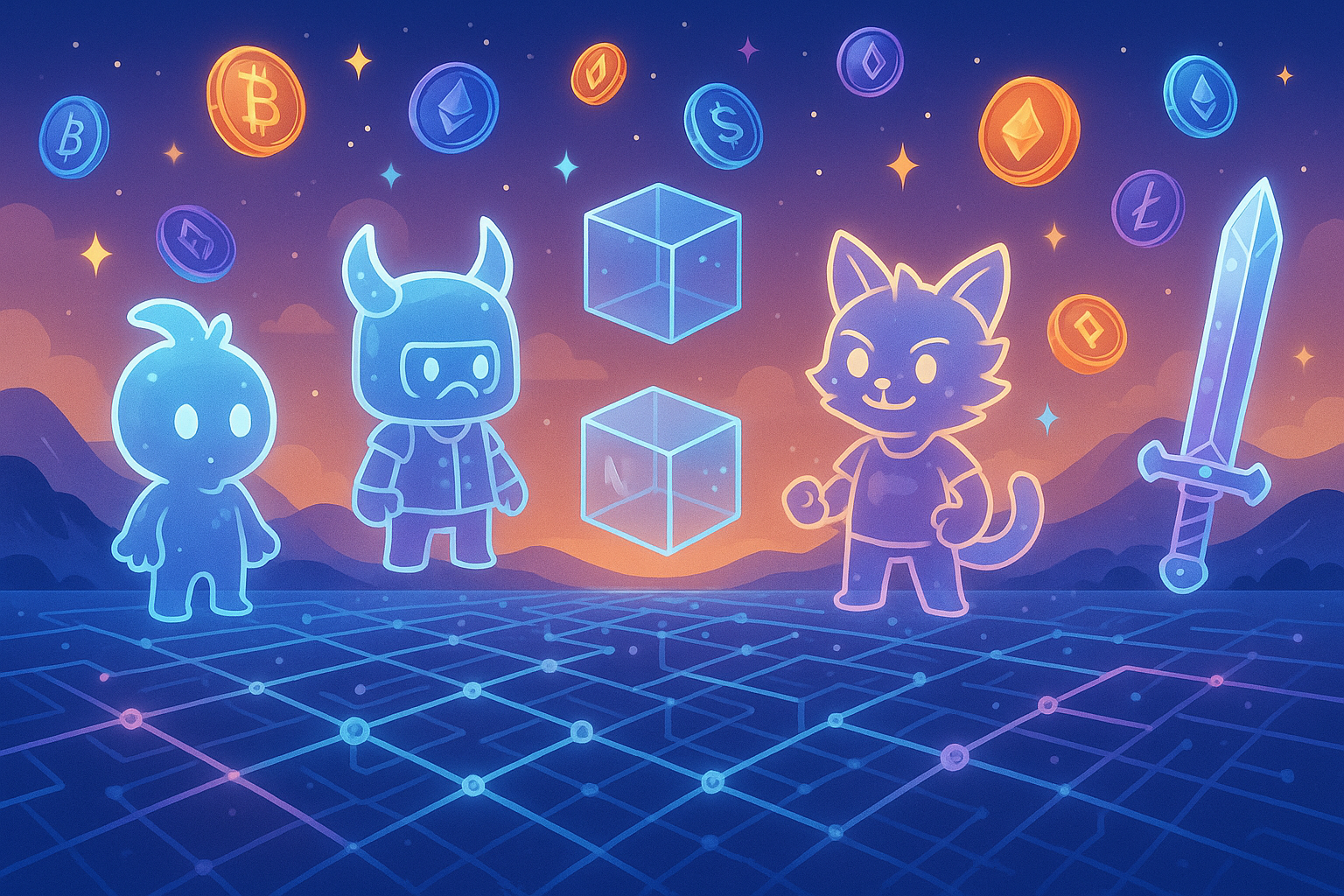
The Investment Angle: More Than Just Playing
When we delve into the discussion of P2E games as an "investment," it's crucial to understand that we are not solely referring to the considerable time commitment you might pour into gameplay. A significant number of P2E games, particularly those with more robust economies or higher perceived value, often necessitate an initial upfront financial investment even before you can begin to actively participate in their earning mechanics. This crucial initial outlay typically manifests in several key forms:
- Purchasing Initial NFTs: To kickstart your P2E journey, you might be required to acquire a starter pack of essential Non-Fungible Tokens. These could be foundational elements such as unique characters, powerful creatures, specialized tools, or even vehicles, all necessary to effectively participate in the game's core earning mechanics. A prime historical example is Axie Infinity, where prospective players needed to acquire a minimum of three Axies (digital creatures) to commence playing and engaging with the game's earning opportunities. The cost of these entry NFTs can vary dramatically, from a few dollars to thousands, significantly impacting the initial barrier to entry.
- Acquiring Game Tokens: Certain P2E ecosystems might mandate that you stake (lock up) or simply hold a specific quantity of their native cryptocurrency to unlock advanced features, gain access to higher-earning activities, or participate in governance decisions. This acts as a form of capital commitment to the game's economy, demonstrating a player's vested interest.
- Virtual Land Purchases: In the expansive and increasingly popular category of metaverse-style P2E games (such as Decentraland or The Sandbox), players are offered the unique opportunity to invest directly in virtual parcels of digital land. These virtual land assets, often represented as NFTs, can then be meticulously developed, leased out to other players or businesses, or resold on secondary markets, potentially generating passive income streams or appreciating substantially in intrinsic value over time.
This initial financial outlay is precisely where the "investment" terminology truly finds its resonance. You are, in essence, making a calculated purchase into the game's burgeoning ecosystem, harboring the explicit expectation that the intrinsic value of your acquired assets (NFTs) will appreciate over time, that the game's native utility tokens will experience an increase in market price, or that your diligently generated in-game earnings will collectively yield a favorable return on your initial capital over a sustainable period. The ultimate success and profitability of this digital investment are intrinsically tied to a multitude of factors, including the game's long-term viability, the continuous expansion of its player base, the efficacy and sustainability of its underlying tokenomics, and the overall health and trajectory of the broader cryptocurrency market.
Potential Rewards: Why People Are Drawn In
The compelling allure of P2E is undeniably multifaceted, drawing in a diverse spectrum of individuals with varying motivations:
- Significant Financial Gain: This is, arguably, the most potent and pervasive driver. The exhilarating prospect of earning tangible, real-world money while simultaneously engaging in an enjoyable activity is immensely powerful. Many intrepid early adopters of particularly successful P2E games witnessed truly significant returns, transforming what were often modest initial investments into truly substantial profits, creating compelling success stories that fueled further interest.
- True, Verifiable Ownership of Assets: The revolutionary concept of genuinely owning your meticulously acquired in-game items – possessing the undisputed right to sell them whenever you deem fit, and potentially profiting directly from their market value – resonates profoundly with players who have historically felt disenfranchised or exploited by the closed, proprietary economies of traditional gaming. This paradigm shift empowers players in an unprecedented manner.
- Robust Community and Dynamic Social Interaction: A considerable number of P2E games actively cultivate and thrive on strong, vibrant, and highly engaged communities. Players frequently form guilds or clans, collaboratively embark on challenging quests, engage in spirited trading of assets, and even participate directly in the democratic governance of the game through Decentralized Autonomous Organizations (DAOs), fostering a powerful sense of belonging and shared purpose.
- Meaningful Skill Development and Recognition: For competitive and dedicated players, mastering the intricate mechanics and strategic depth of a P2E game can directly translate into demonstrably higher earning potential, profoundly rewarding sharp strategic thinking, consistent dedication, and refined skill. The burgeoning potential for P2E esports leagues and professional gaming careers is also a rapidly growing area of interest.
- Democratization of Gaming and Income: P2E offers a potentially transformative avenue for individuals in developing economies to generate a legitimate income stream through gaming, effectively circumventing traditional geographical barriers and often limited local economic opportunities. This global accessibility is a key social impact of the P2E movement.
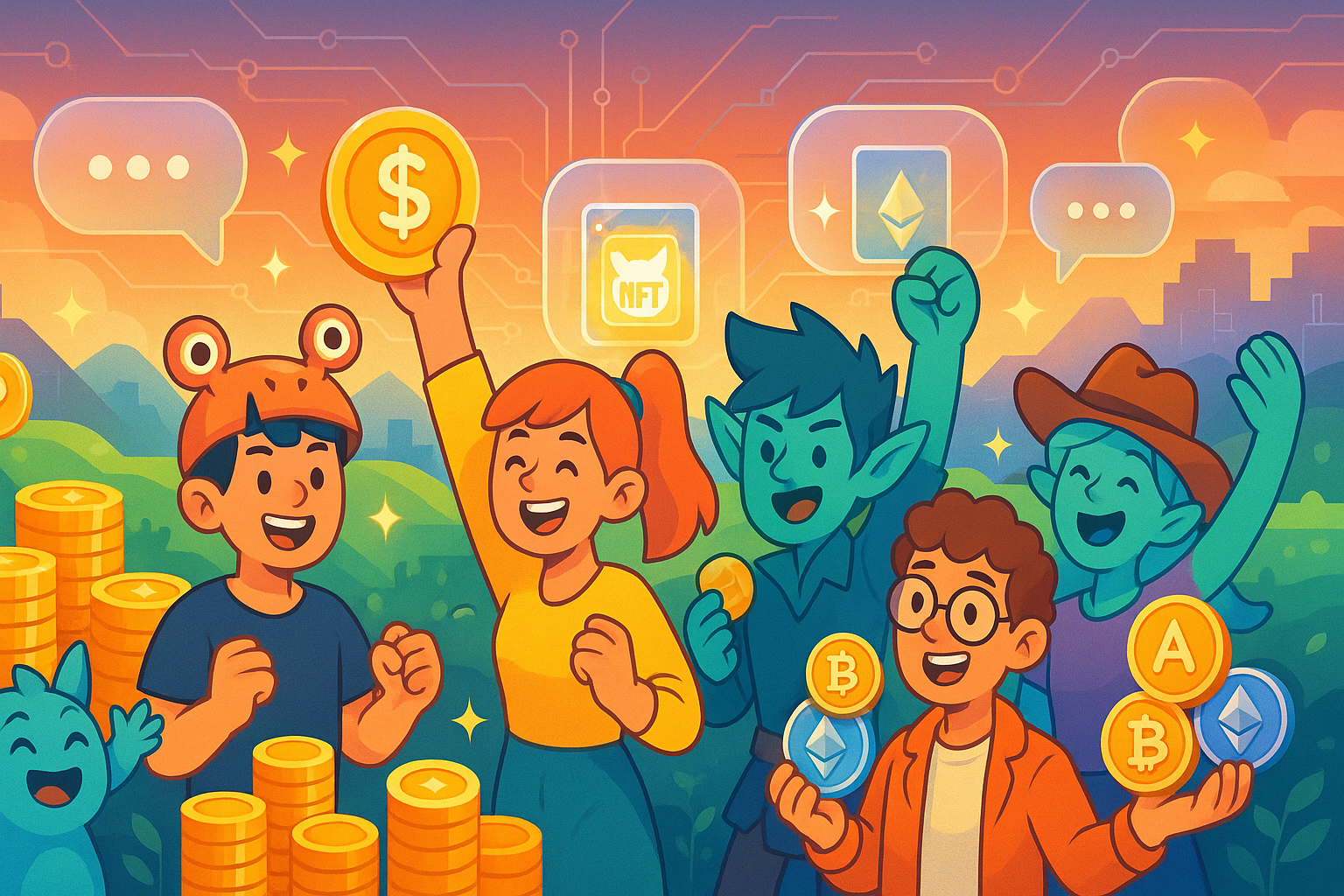
Significant Risks: The Other Side of the Coin
While the potential rewards can be undeniably tempting, P2E games are accompanied by a complex array of substantial risks that beginners must meticulously understand and actively mitigate:
- Extreme Volatility and Rapid Market Fluctuations: The intrinsic value of both NFTs and cryptocurrency tokens is notoriously volatile. Prices can experience breathtaking surges and precipitous plunges within incredibly short timeframes, influenced by an intricate web of factors including speculative market sentiment, significant game updates, broader macroeconomic conditions, and the unpredictable trends within the larger crypto market. What might appear as a robust and promising investment today could, alarmingly, be virtually worthless tomorrow. This inherent unpredictability makes long-term financial planning extremely challenging.
- Pervasive Rug Pulls and Deceptive Scams: The nascent, often unregulated, and rapidly evolving nature of the Web3 space unfortunately makes it a fertile ground for malicious actors and sophisticated scams. "Rug pulls," a particularly insidious type of fraud where project developers abruptly abandon a project after successfully raising substantial funds, effectively absconding with investors' money, represent a severe and ever-present threat. Projects spearheaded by anonymous teams, those exhibiting vague or unrealistic roadmaps, or promising excessively high and unsustainable returns should always be approached with extreme and unwavering caution.
- Inherently Unsustainable Tokenomics: A disheartening number of early P2E games have grappled with critically flawed and ultimately unsustainable economic models. If the circulating supply of earning tokens dramatically outstrips the actual demand, or if there is insufficient continuous new player inflow to perpetually sustain the in-game economy, the token's value can rapidly deflate, leading to a catastrophic "death spiral." This fundamental challenge proved to be a major downfall for many first-generation P2E games, highlighting the critical importance of robust economic design.
- Disproportionate Time vs. Reward Imbalance: Earning a truly significant amount of money in many P2E games often necessitates a truly substantial and often gruelling time commitment. For a considerable number of players, the effective hourly wage earned from playing a P2E game, especially after meticulously deducting initial investment costs, transaction (gas) fees, and the opportunity cost of their time, can astonishingly fall below the local minimum wage. The repetitive "grind" required can quickly eclipse any genuine enjoyment or "fun" derived from the gameplay itself.
- Lack of Genuine Fun and Engaging Gameplay: A notable criticism leveled against some P2E games is their perceived prioritization of the "earn" component over the "play" aspect. This often results in repetitive, uninspired, or fundamentally poorly designed gameplay experiences. If a game fails to be genuinely enjoyable or creatively stimulating, its long-term sustainability, ability to retain players, and overall economic health become highly questionable, as players will eventually move on to more engaging experiences.
- Uncertain and Evolving Regulatory Landscape: The global regulatory environment pertaining to cryptocurrencies and NFTs remains largely undefined and is in a constant state of flux. Future governmental regulations, new legislative acts, or shifts in judicial interpretations could potentially impact the legality, taxation implications, or fundamental operational models of P2E games. Such changes could have profound and unpredictable effects on the value of digital assets and the viability of entire projects.
- Significant Security Vulnerabilities: Despite the inherent security features of blockchain, projects are not entirely immune to sophisticated hacks and exploitations. Vulnerabilities within smart contract code, compromised centralized platforms, or successful phishing attacks can tragically lead to substantial and often irreversible financial losses for unsuspecting players. Diligent security practices are paramount.
- High Barrier to Entry: The often-considerable initial investment required to gain entry into many popular P2E games can be prohibitively expensive for a large segment of the global population, making it significantly less accessible compared to the increasingly prevalent traditional free-to-play gaming models. This can create an exclusionary barrier for those seeking to participate.
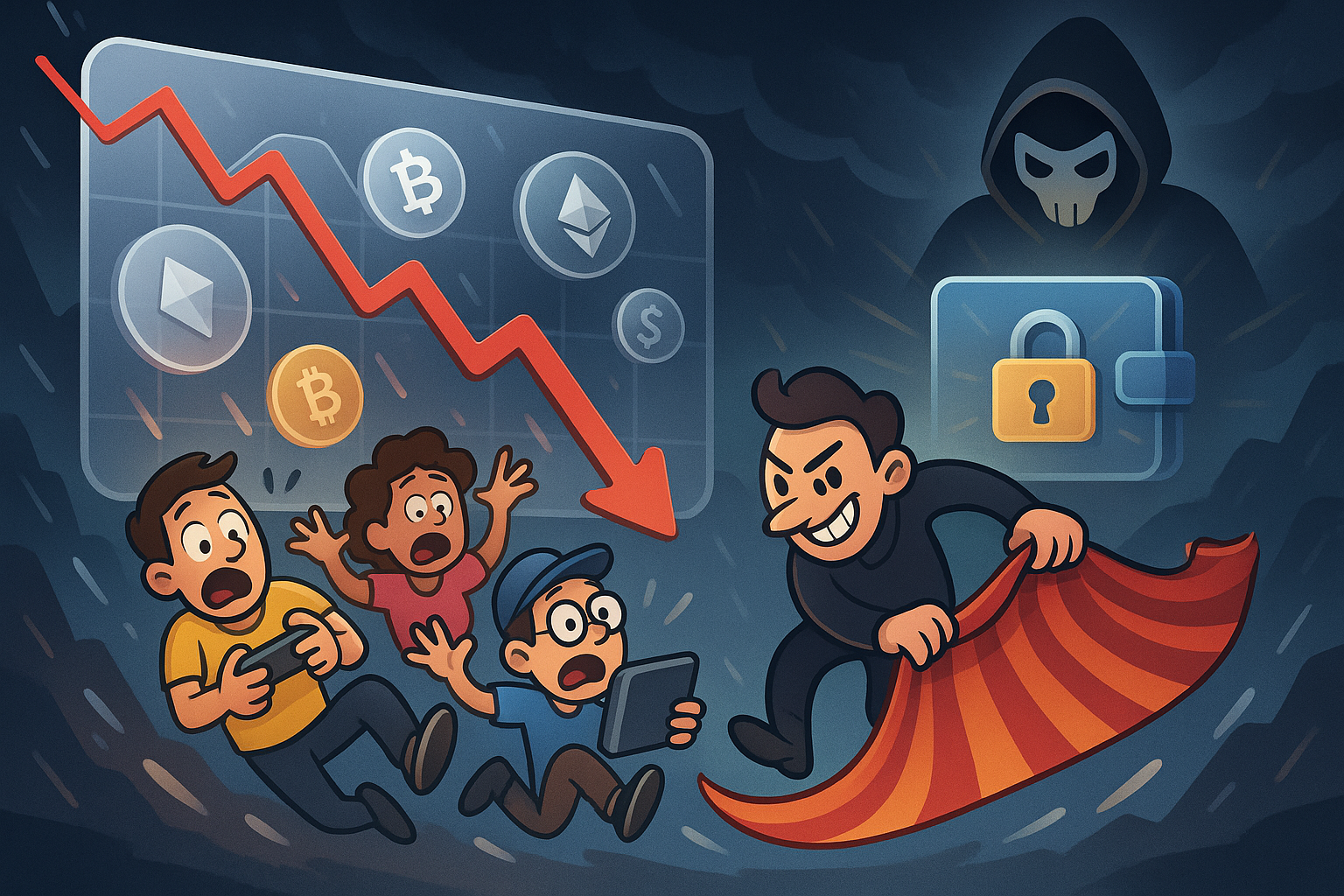
Key Factors to Consider Before Investing
Before committing any hard-earned money into a P2E game, beginners must undertake rigorous and comprehensive due diligence. This systematic research is the cornerstone of responsible participation:
- Thorough Research of the Game and Development Team: Begin by meticulously investigating the individuals behind the project. Who are the developers? Do they possess a verifiable track record of successful game development or blockchain projects? Is the team "doxxed" (meaning publicly identifiable and transparent about their identities)? What is their overarching vision for the game's evolution, and do they have a clear, realistic, and detailed roadmap for future development? A strong, transparent, and experienced team is consistently a robust indicator of a project's credibility and potential for longevity.
- In-depth Analysis of the Tokenomics: This is perhaps the most critical technical aspect. How are the in-game tokens initially distributed? What are the inherent burning mechanisms designed to control supply and prevent hyperinflation? Is there a well-articulated and believable plan to maintain the token's value and counteract inflationary pressures? A thoughtfully designed, sustainable economic model is absolutely critical for the long-term health and viability of any P2E ecosystem. Actively seek out games that are consciously moving towards more sustainable "play-and-own" or "play-and-earn" models that meticulously balance player incentives with economic stability.
- Critical Assessment of Gameplay and Intrinsic Fun Factor: Honestly ask yourself: Would you genuinely play this game even if there were absolutely no earning potential whatsoever? Engaging, enjoyable, and well-crafted gameplay is the ultimate determinant for robust player retention and sustained long-term success. If a game is genuinely fun and offers a compelling experience, it possesses a significantly higher probability of attracting a dedicated player base and, crucially, retaining them through various market cycles, which in turn provides foundational support for its intricate economy.
- Evaluate Community Strength and Engagement: A vibrant, active, and supportive community across platforms like Discord, Twitter, and Reddit can serve as a powerful barometer of a project's health and potential. Engaged players are not merely consumers; they are invaluable contributors to the ecosystem, providing feedback, fostering collaboration, and acting as passionate advocates for the game.
- Review Audit Reports: Has the game's underlying smart contract code undergone rigorous independent auditing by reputable third-party security firms? These audits are designed to identify and rectify potential security vulnerabilities, significantly reducing the risk of exploits and hacks. A project transparently sharing its audit reports demonstrates a commitment to security.
- Scrutinize Market Capitalization and Trading Volume: For existing P2E tokens, carefully observe their current market capitalization and daily trading volume. Higher liquidity, generally indicated by robust trading volume, is typically more favorable for facilitating smoother buying and selling transactions, minimizing price slippage.
- Honest Appraisal of Your Personal Financial Situation: This cannot be stressed enough: Only ever invest capital that you can unequivocally afford to lose without any adverse impact on your financial well-being. P2E games are, by their very nature, highly speculative ventures and carry an elevated level of risk, often comparable to early-stage venture capital investments rather than stable, traditional stocks or bonds.
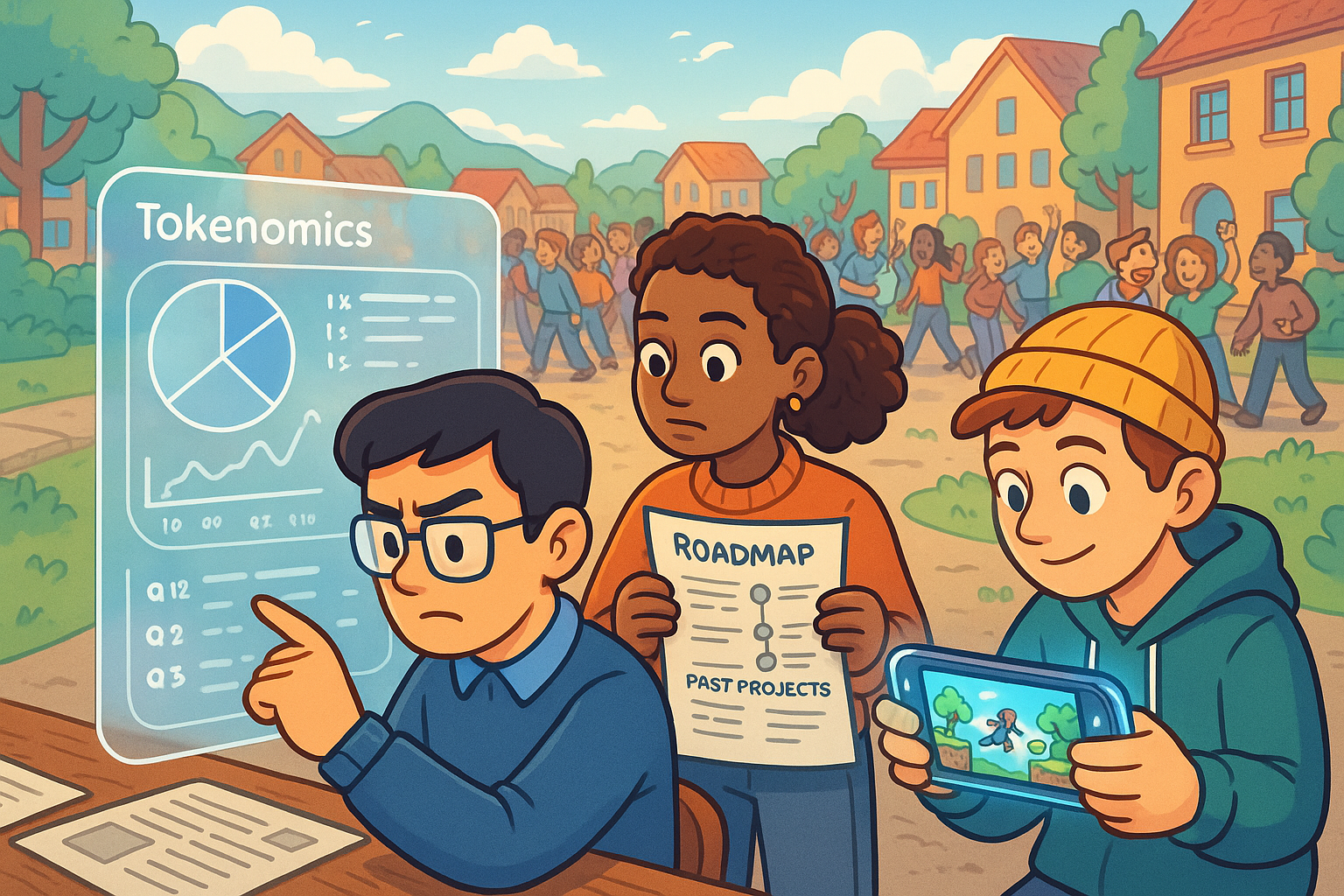
Strategies for Beginners to Navigate the P2E Landscape
If, after careful consideration and diligent research, you decide to cautiously venture into the exciting yet challenging world of P2E, here are some actionable strategies designed to mitigate risk and enhance your overall experience:
- Begin with a Minimal Investment: Start small. Commit only a minimal initial investment to thoroughly understand the game's mechanics, its economic ecosystem, and the overall player experience without exposing a significant portion of your capital to undue risk. This "test the waters" approach is prudent.
- Embrace Continuous Learning: The P2E space is incredibly dynamic and evolves at a breathtaking pace. Make a conscious effort to stay consistently updated on new projects, innovative economic models, emerging technologies, and prevailing market trends. Actively engage with established communities, ask insightful questions, and seek out reputable sources of information.
- Strategic Diversification (Within P2E or Beyond): Adhere to the fundamental principle of not placing all your eggs in one basket. If you choose to invest within the P2E sector, consider intelligently exploring multiple games with diverse models and risk profiles. Alternatively, ensure your broader cryptocurrency portfolio is well-diversified beyond just game-specific tokens, encompassing a range of asset classes.
- Prioritize the Fun Factor: Consciously seek out games that you genuinely enjoy playing. When the gameplay itself is intrinsically engaging and enjoyable, the time investment required becomes significantly more palatable, and your likelihood of remaining committed to a project through inevitable market fluctuations or temporary downturns dramatically increases.
- Treat it as a Potentially Lucrative Hobby, Not a Primary Income (Initially): While it's true that a select few highly skilled or early-adopter players have managed to earn a living from P2E, it is rarely a stable, predictable, or easily replicable income source for the vast majority. Especially when first starting out, it is far more realistic and prudent to treat P2E as a potentially lucrative hobby or a supplementary income stream rather than relying on it for your primary livelihood.
- Develop Clear Exit Strategies: Before making any investment, have a well-defined understanding of how and when you might want to realize profits or, conversely, cut your losses. Establish clear, pre-determined price targets or conditions that would trigger your decision to sell assets or tokens. Having a plan reduces emotional decision-making.
- Implement Robust Security Best Practices: Safeguard your digital assets diligently. Utilize strong, unique passwords for all your accounts, enable two-factor authentication (2FA) wherever possible, remain acutely wary of sophisticated phishing attempts, and, critically, never, under any circumstances, share your confidential seed phrase or private keys with anyone.
- Understand Gas Fees and Transaction Costs: Be aware that every transaction on a blockchain (buying NFTs, selling tokens, moving assets) incurs a "gas fee," which can fluctuate wildly depending on network congestion. Factor these costs into your earning calculations.
The Future of P2E: An Evolving Landscape
The P2E landscape is undoubtedly maturing beyond its initial speculative fervor. The intense hype cycle, which was often characterized by demonstrably unsustainable economic models and pure financial speculation, has largely given way to a more pragmatic, player-centric, and economically realistic approach. Forward-thinking developers are increasingly focusing their efforts on several critical areas:
- Sustainable Tokenomics Re-engineering: A paramount focus is on implementing sophisticated mechanisms such as well-defined token burning events, dynamic fee structures that adjust to market conditions, and more equitably balanced reward distribution systems to ensure the long-term viability and health of the in-game economy. This shift aims to create truly circular economies.
- Uncompromising Focus on Quality Gameplay: Acknowledging that "fun" and engagement are absolutely paramount for sustained player interest, developers are now heavily investing in crafting richer narratives, designing deeply engaging mechanics, and achieving significantly higher production values. The terminology itself is evolving, with "play-and-earn" or "play-to-own" gaining substantial traction, explicitly emphasizing captivating gameplay as the primary offering, with earning potential serving as an attractive, but secondary, benefit.
- Enhanced Interoperability and Deep Metaverse Integration: Future P2E ecosystems are striving for greater connectivity and fluidity. This involves allowing digital assets to be seamlessly used across disparate virtual worlds or within broader, interconnected metaverse ecosystems, thereby dramatically enhancing their utility, desirability, and overall value proposition for players.
- Creating Web2.5 Bridges for Accessibility: Developers are actively working on creating user experiences that are inherently easier for traditional Web2 gamers to understand, onboard, and access. This involves streamlining wallet creation, simplifying transaction processes, and effectively blurring the lines between traditional gaming and the more complex intricacies of Web3, thereby lowering the barrier to entry for a broader audience.
- Empowering User-Generated Content (UGC): The future of P2E increasingly involves empowering players themselves to create their own unique assets, design custom experiences, and even develop entirely new mini-games within the existing P2E environment. This fosters deeper community involvement, further decentralizes creative development, and provides an endless wellspring of fresh content.
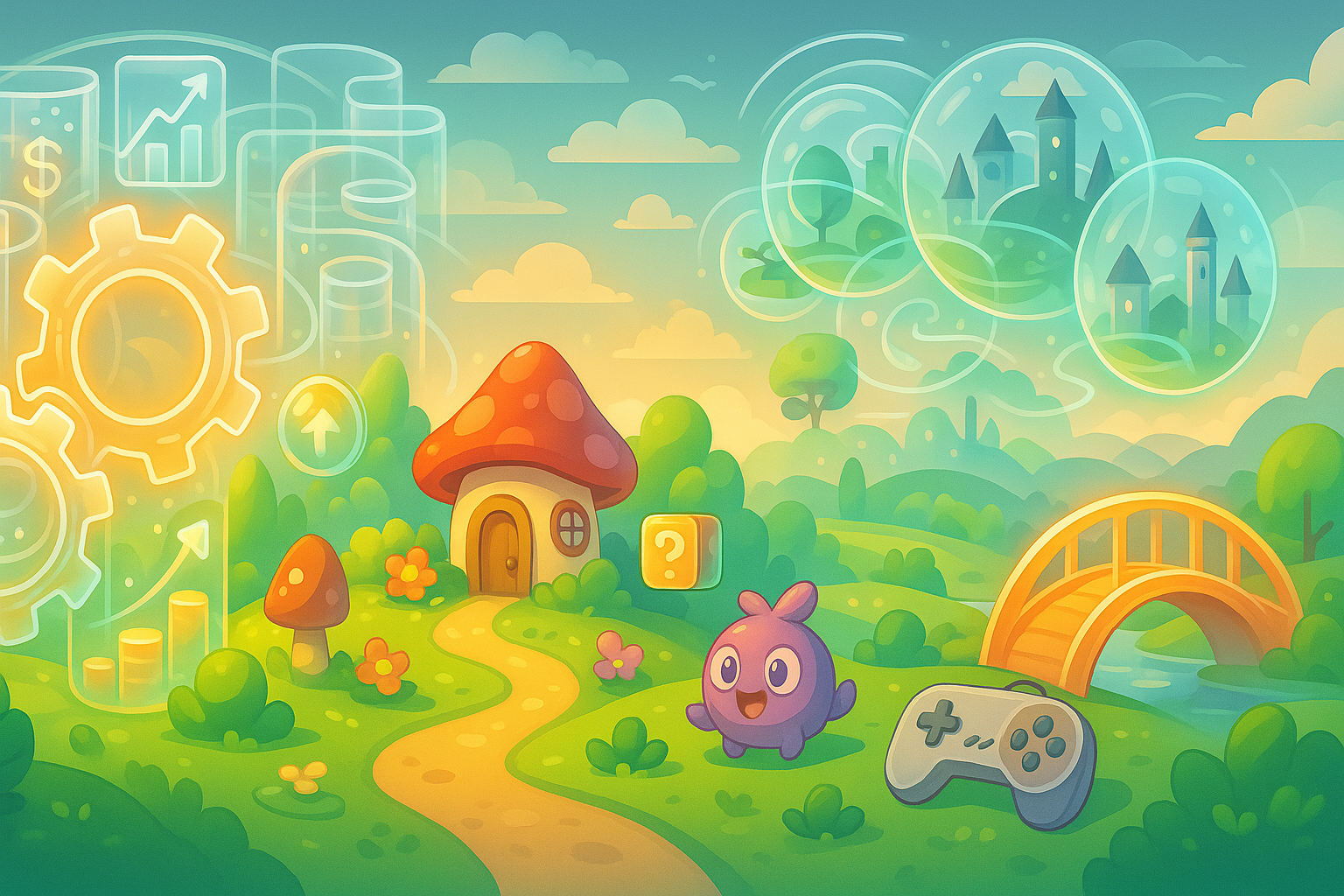
Conclusion: A Calculated Risk, Not a Guaranteed Fortune
For beginners, P2E games unequivocally represent an intriguing and potentially revolutionary frontier, seamlessly blending the immersive escapism of entertainment with the tangible prospects of financial opportunity. However, it is imperative to temper enthusiasm with realism: they are unequivocally far from a guaranteed path to effortless wealth. Instead, they should be accurately characterized as a high-risk, high-reward investment category, more closely akin to making early-stage venture capital investments in nascent tech startups than to the relative stability of traditional stocks or bonds. Achieving any measure of success in this dynamic space demands diligent and continuous research, a deep and nuanced understanding of underlying blockchain mechanics, meticulous risk management strategies, and a healthy, persistent dose of critical skepticism.
Approach P2E not merely as a superficial game, but as an active and discerning participant in a brand-new, rapidly evolving digital economy. Understand intrinsically that the market is notoriously volatile, that even well-intentioned projects can regrettably fail, and that the capital you commit might not necessarily yield a return. However, for those individuals who are genuinely willing to dedicate themselves to continuous learning, adapt swiftly to changing market conditions, and consciously accept the inherent and unavoidable risks, P2E games offer a genuinely unique and potentially transformative opportunity to own a verifiable piece of the digital world and potentially benefit significantly from its long-term growth. Proceed with abundant caution, engage wisely, and consistently prioritize comprehensive education and informed decision-making over impulsive speculation. The thrill of the game might be enjoyable, but the underlying investment absolutely necessitates serious, rational thought and strategic planning.

